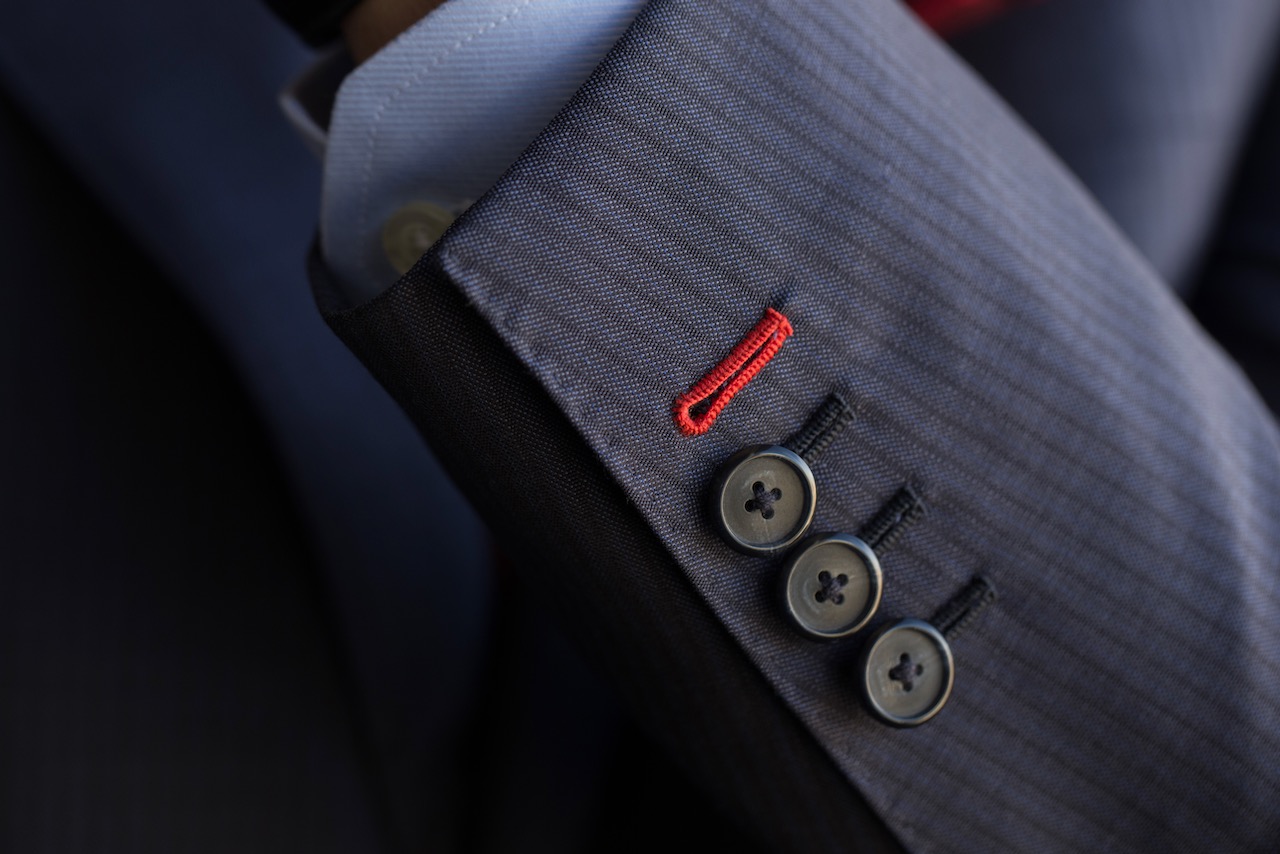Dress to Impress
We have all heard the saying “the clothes make the man”, but do the clothes also make the candidate? Our experts in the recruiting and HR space say absolutely yes, that they have been influenced one way or another about a candidate based on their choice of attire on interview day.
Clothes Are a Communication Tool
According to Elizabeth Fasula, marketing coordinator and clothing consultant at Chicago-based Balani Custom Clothers, the way a candidate is dressed is the first communication exchange of a job interview. “First impressions are made within a tenth of a second upon seeing someone. A potential employer will already have a preconceived impression of a candidate long before the first interview question is even asked,” Fasula says. Kenny Frimpong, branding and fashion expert at fashion house Eredi Pisano USA, agrees. “Appearance can be your most powerful non-verbal communication tool in business, especially when you’re interviewing for a job,” Frimpong says. Frimpong warns that when appearance is not attended to properly, it can cause a negative first impression that cannot always be fixed.
Suit Up
Cindy Elhaj, marketing director for community engagement firm Sprocket Media / Digarati, says a candidate’s choice of apparel on interview day communicates the type of employee the candidate will become if hired. “Unless you are applying to be a lifeguard, candidates should button up and clean up. Attire and general appearance reflect your attention to detail, how presentable you are to clients, and whether or not you take the time out to impress. These all are a strong reflection of your work habits, and they start in the closet,” Elhaj says. Fasula agrees. “A suit shows that the candidate is professional, mindful of the company, and cognizant of wanting to put their best foot forward. It’s a sign of success, power and respect,” Fasula says. Fasula also explains that that there are additional benefits of wearing a suit to an interview. “Many studies have shown that what you wear affects how you view and present yourself. Referred to as enclothed cognition, people are automatically more inclined to be professional and able when dressed in a suit,” Fasula says.
Stay Neutral
Frimpong advises that job seekers stick with neutral colors and fabrics on interview day. “Avoid overwhelming colors, textures and patterns, and loud color shirts and ties,” Frimpong warns. He says navy or charcoal gray suits paired with a blue or white shirt and dark tie are the best bet for men, and for women Frimpong recommends suits in a plum, blue, charcoal, or navy color.
Pay Attention to Fit and Be Sure to Cover Up
Barbara Pachter, president of business communication training firm Pachter & Associates, urges job seekers to pay attention to the fit of their clothing, warning that proper fit is essential to ensure that clothing is sending the right message to the interviewer and potential employer. “If your clothes are too big or too small, they are not going to look good,” Pachter warns, and further cautions that interview attire should fit without over-emphasizing curves or showing too much skin. “Ensuring a proper fit applies to everything you are wearing. One interviewer said he was distracted by a man’s short tie,” Pachter explains.
Be Prepared
Pachter strongly suggests that job seekers have their interview attire ready at all times. “You do not want to find out on the eve of an interview that you have nothing to wear, or that your clothes are at the cleaners when you need them. Anything you wear should be clean and pressed. Interviews can be scheduled with a very short lead-time, and you always want to have something appropriate to wear,” Pachter says.
Hygiene Matters
According to Jessica Ekstrom, founder and CEO of the non-profit Head Bands of Hope, being well groomed is also essential in giving the right impression on interview day. Ekstrom says that wrinkled clothing or messy hair gives the impression that the candidate is unprepared. “Iron your clothes beforehand. The quickest way to give a bad first-impression is by coming in with a wrinkly shirt or trouser,” Ekstrom warns. Ekstrom also says that while the “messy bun” look might be trendy for women, it is not interview appropriate. “It might be cute for lunch with friends or at the gym but don’t do it for an interview. It shows you’re unprepared and probably rushed this morning or didn’t look in the mirror.” Ekstrom suggests pinning hair back and away from the face, she says a candidate who is constantly fiddling with their hair can be distracting – and annoying.
Save Personal Style for When You Get the Job
Sarah Doll, senior director of talent recruitment at Chicago-based Enova International says that personal style has a place in the workplace… once a candidate actually becomes an employee. “Obviously the business world is turning more casual, but we’ve had candidates take it a little too far, coming in to interview in shorts and flip flops. While our website says that we ‘wear shorts and flip flops to work,’ it’s not appropriate for you to do so at the interview.” Doll recommends that candidates wait until after they officially land the job to adapt to the company culture and casual dress code.
While there may some exceptions to the rule, all of our experts warned that it is much better to err on the side of caution when selecting interview attire, choosing conservative dress when interviewing for a new position.

